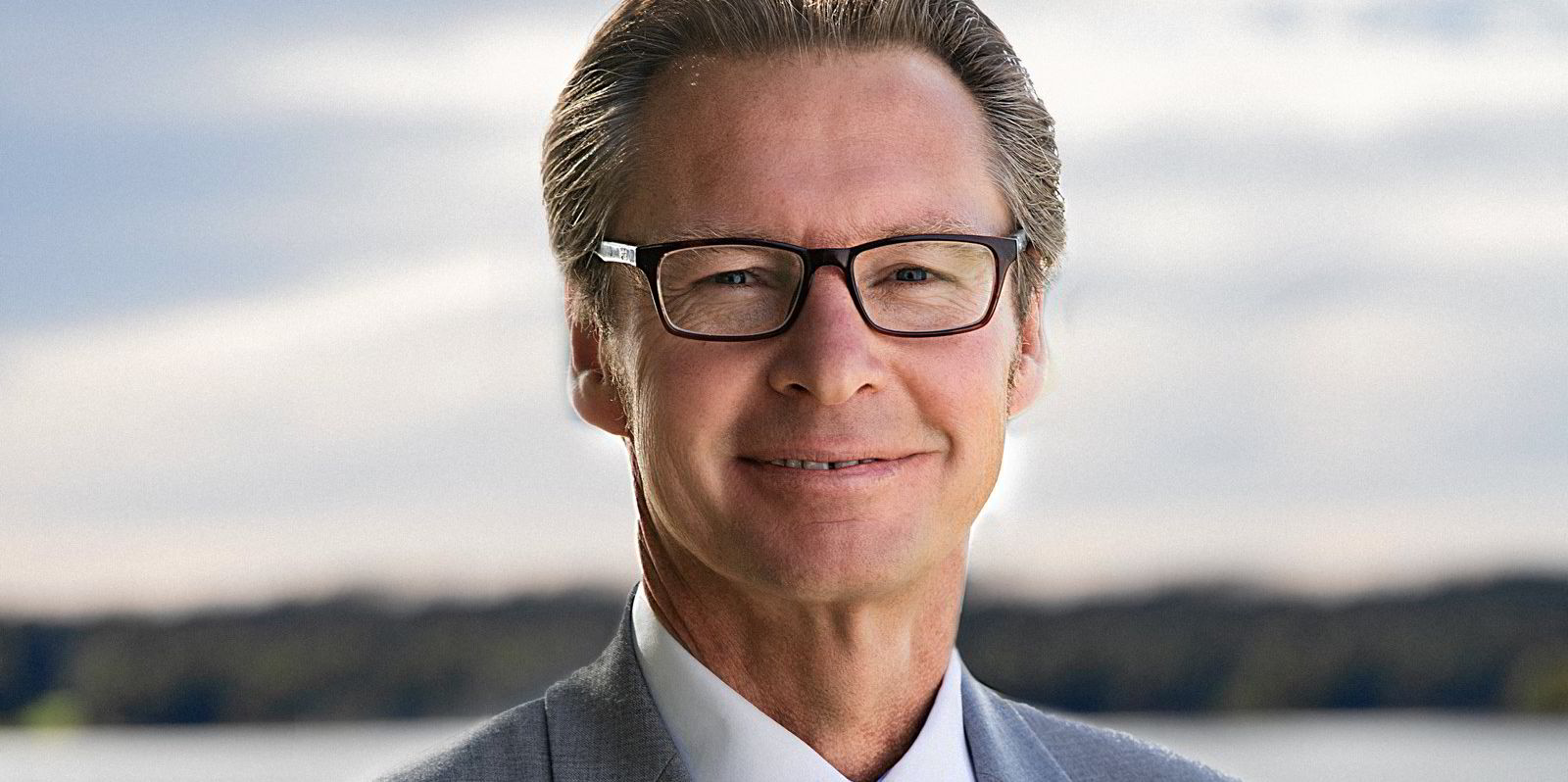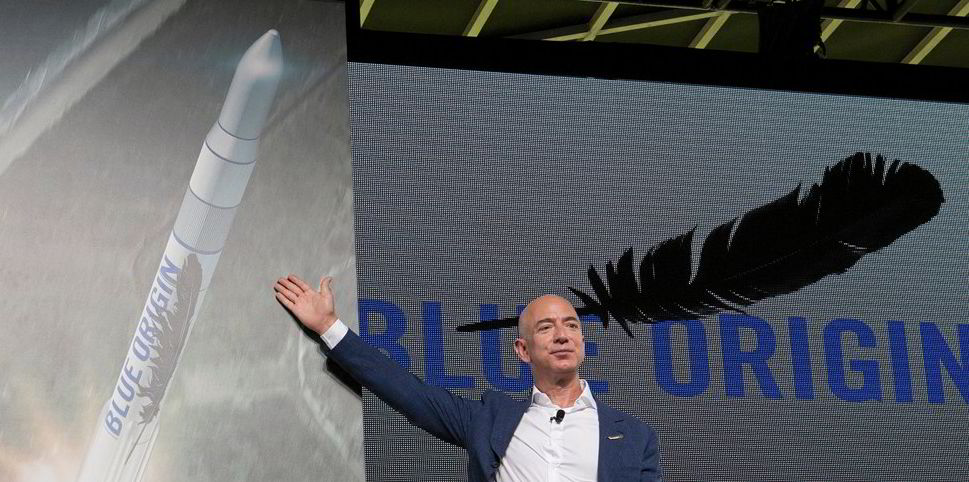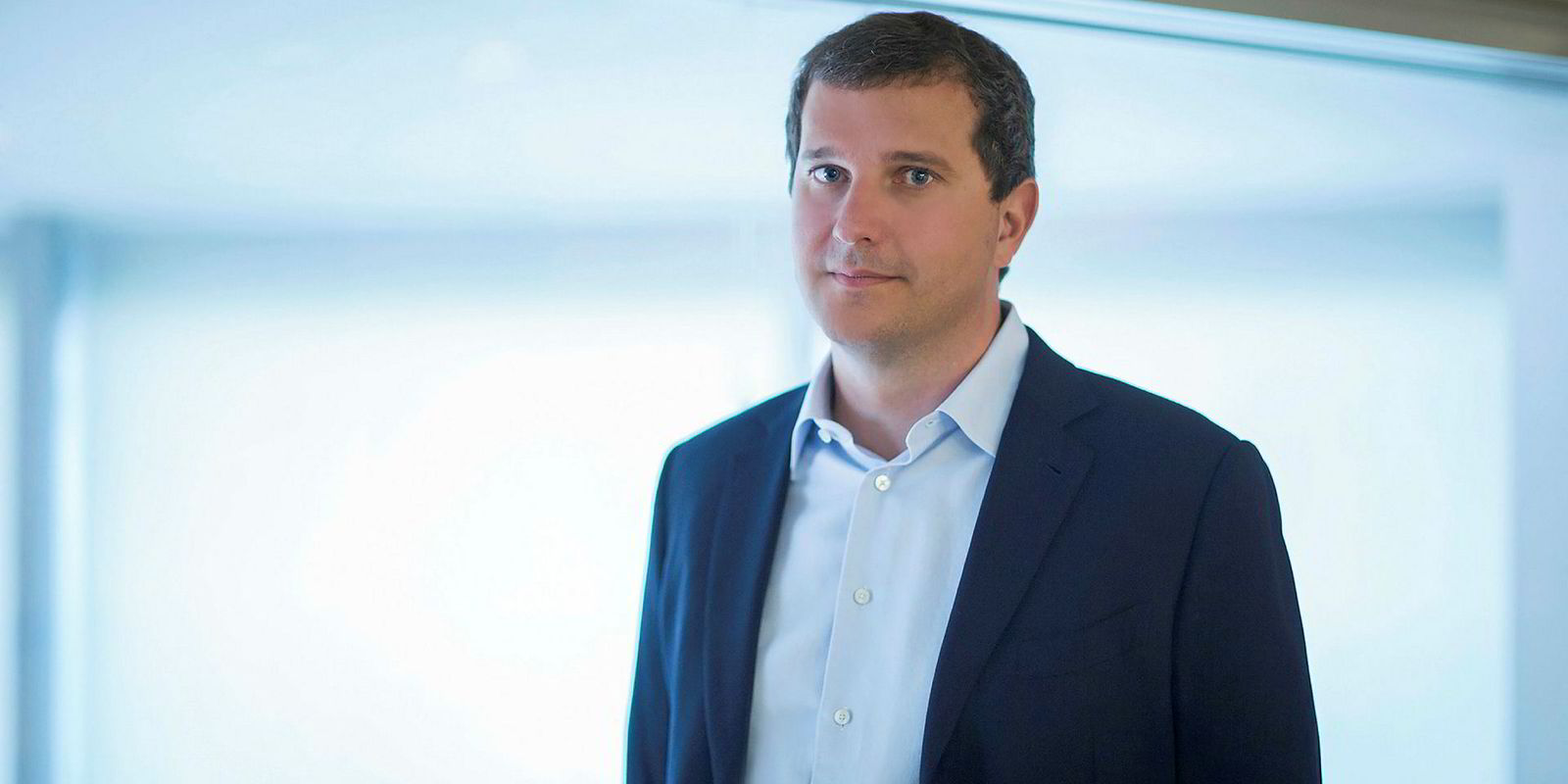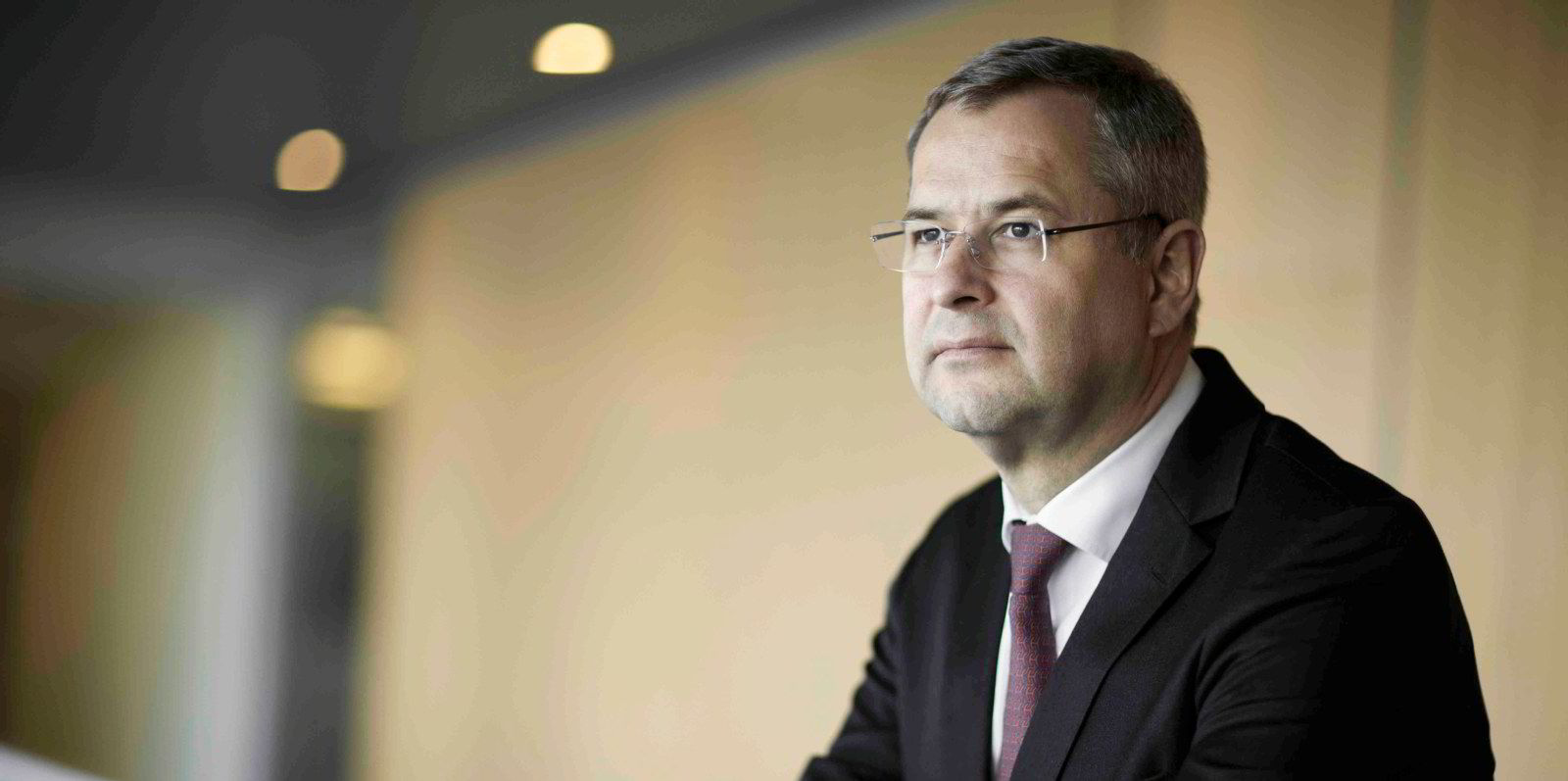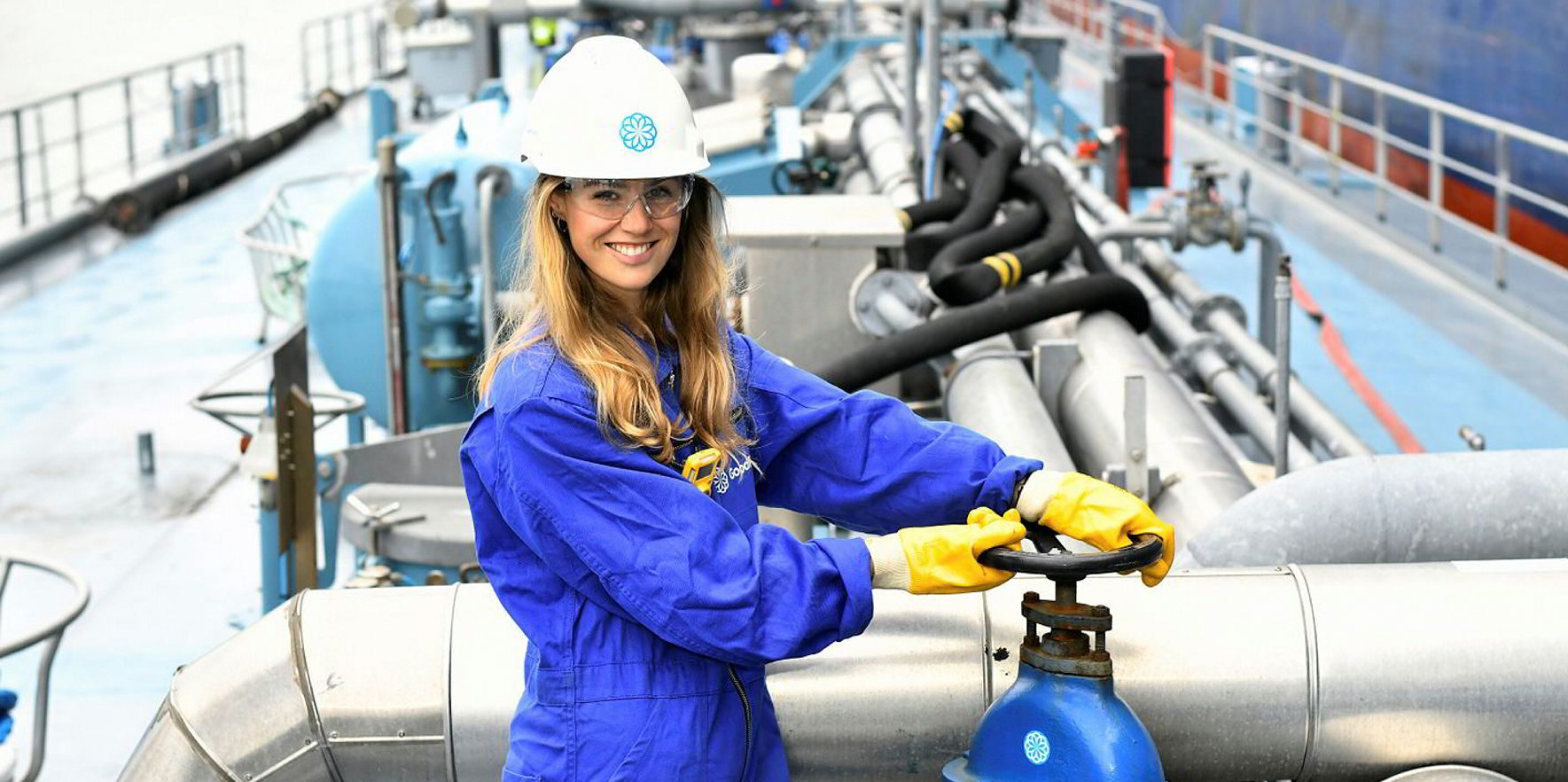At DNV GL, we have identified a looming “safety gap” between shipping’s existing safety-risk approach and ambitions for greater digitalisation and the adoption of alternative, more environmentally friendly fuels.
Put simply, new developments are creating new safety concerns, and the longer we wait to identify and address these, the more the gap will grow.
Let’s start with decarbonisation.
Shipping has a goal of halving greenhouse gas emissions by 2050. The only way to achieve this is through the development and adoption of new technology and alternative, carbon-neutral fuels.
There’s a natural, welcome focus on the opportunity here — on the footprints to be diminished, the efficiencies enabled and the progress achieved. But what of potential dangers?
Exciting alternative
There are safety challenges that accompany innovation. These might cause serious incidents if not properly managed — incidents that could derail our transition towards carbon neutrality.
For example, the properties of new and alternative fuels pose specific safety challenges compared with conventional ones. Ammonia is an exciting alternative, but it remains highly toxic and flammable and requires low temperatures. Hydrogen demands extremely low temperatures if stored as a liquefied gas and high pressure if stored as compressed gas.
In other words, applications of these new fuels on vessels contain vastly different risks from established ones. So, their use demands different safety systems, operational procedures and skills.
Of course, not all alternatives are so novel. LNG, batteries and now hydro-treated vegetable oil have come further along the pathway to regulatory and technical maturity, but they all possess different individual characteristics. This highlights the increasing complexity here, emphasising there is no feasible “one size fits all” solution.
Simply applying existing rules and standards is not an option. We need renewed risk controls and a new regulatory approach, based on individual fuel assessments, knowledge and experience.
Collaborative, continual effort
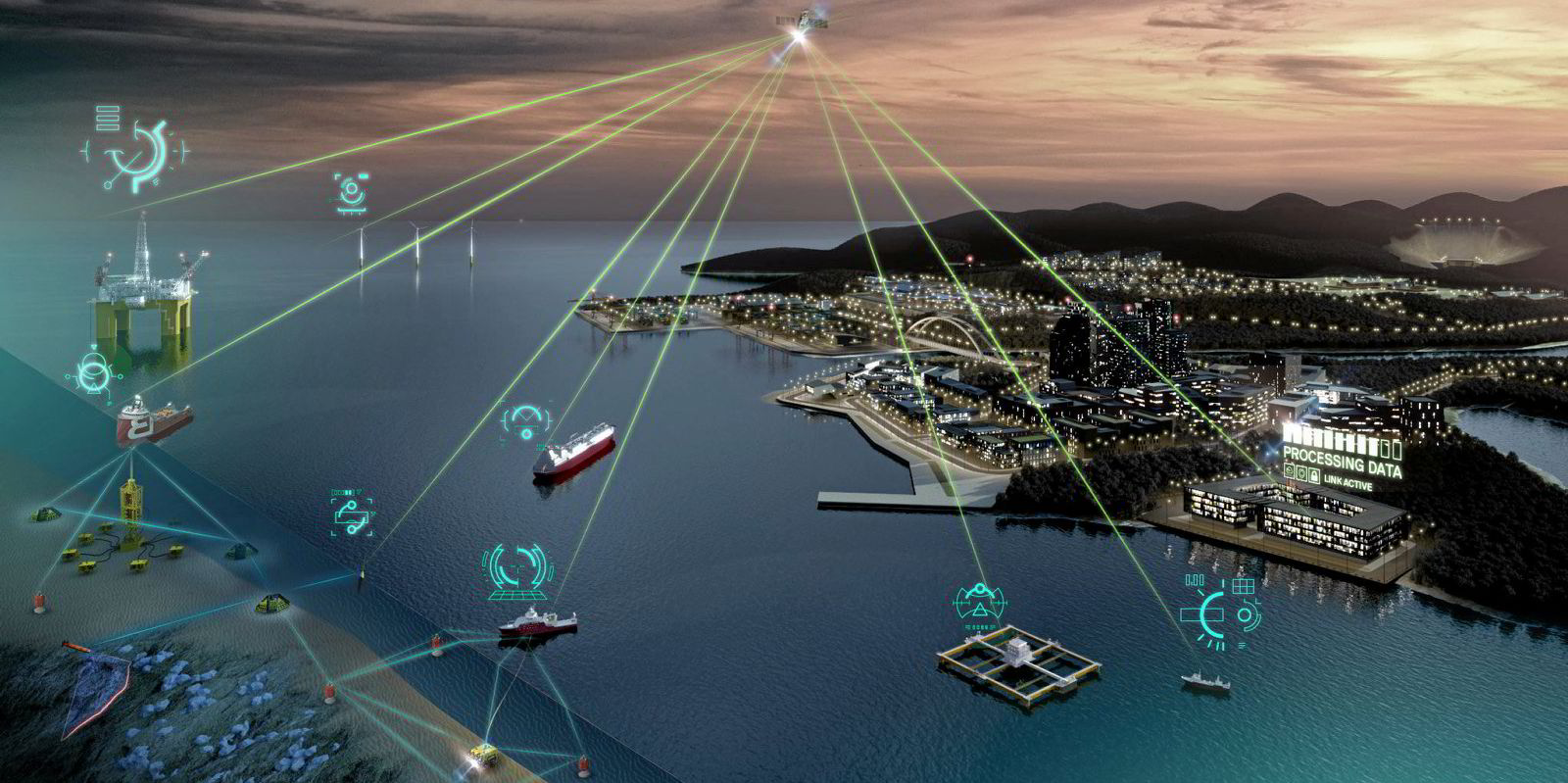
To develop these and close the safety gap requires a collaborative, continual effort. The classification sector has a role to play as a trailblazer for regulators, gathering expertise, partnering industry and developing guidelines. Suppliers, owners, charterers and shipyards can work together to ensure a holistic approach to safety on board — where one decision (on, for example, fuel use or slow steaming) directly affects another.
And all stakeholders should work together, stepping out of their silos, to build fuel-specific competence and enable a culture of continuous improvement.
We all understand that decarbonisation must move with pace and determination. So, from a safety perspective, we simply cannot afford serious incidents — for the sake of our seafarers and for progress.
A scattered, fragmented approach can create digital labyrinths
Digitalisation, too, offers huge benefits — with innovative technology and valuable data driving enhanced efficiency, safety and cost controls — but this tectonic industry shift also tears through the established risk landscape.
Increased system complexity sits at the centre of this new world.
Software, sensors and machines with control systems that depend on algorithms become interconnected and increasingly reliant on one another, extracting added value when working in concert, but undermining operations when compromised.
Digital channels allow teams to work as a centralised unit despite being geographically dispersed. These new ways of working introduce new risks and new requirements. Who is accountable? What happens if communication is disrupted or interfered with, or remote operators are rapidly called into action for an imminent safety incident on board?
Everyone is enthusiastic to unlock benefits, but this can lead to a scattered, fragmented approach regarding solutions, creating digital labyrinths.
To deliver efficiency safely, and adapt to technological change, this complexity must be managed. In other words, companies need a digital transformation strategy.
Holistic
Digital thinking, like the systems themselves, should be connected. Decisions should be made holistically, with a company’s digital ambition at the core.
This final point really ties the decarbonisation and digital transitions together: people are key.
If we want to ensure a safe, timely and impactful maritime transformation, we as an industry must embrace the potential in our seafarers and onshore personnel. Continual competence development in these areas is critical to manage the transition safely.
Silos must be broken down in a collaborative, connected approach to fertilise knowledge sharing, while safety data and information should be shared for the betterment of safety at sea.
Knut Orbeck-Nilssen is chief executive of maritime
at DNV GL, an Oslo-based classification society
Do you have an opinion to share? Email: news@tradewindsnews.com
